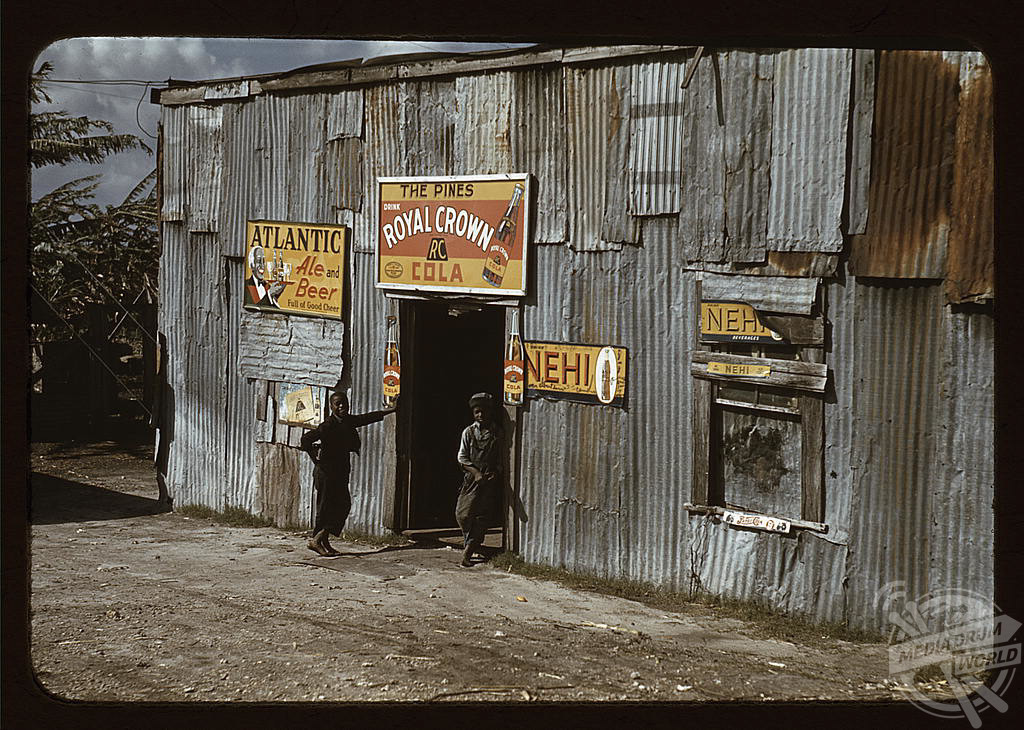
By Alex Jones
HAUNTING colour photos show the destitute and dilapidated living conditions of African American workers living in rundown shacks at the tail end of the Great Depression.
Sobering photos capture two children in rags standing beside the tumbledown shack they had no option but to live in, black day labourers picking cotton whilst accompanied by a very young boy and his little red truck, and African American men waiting dolefully around a hastily-constructed bar for some offers of work to come in.
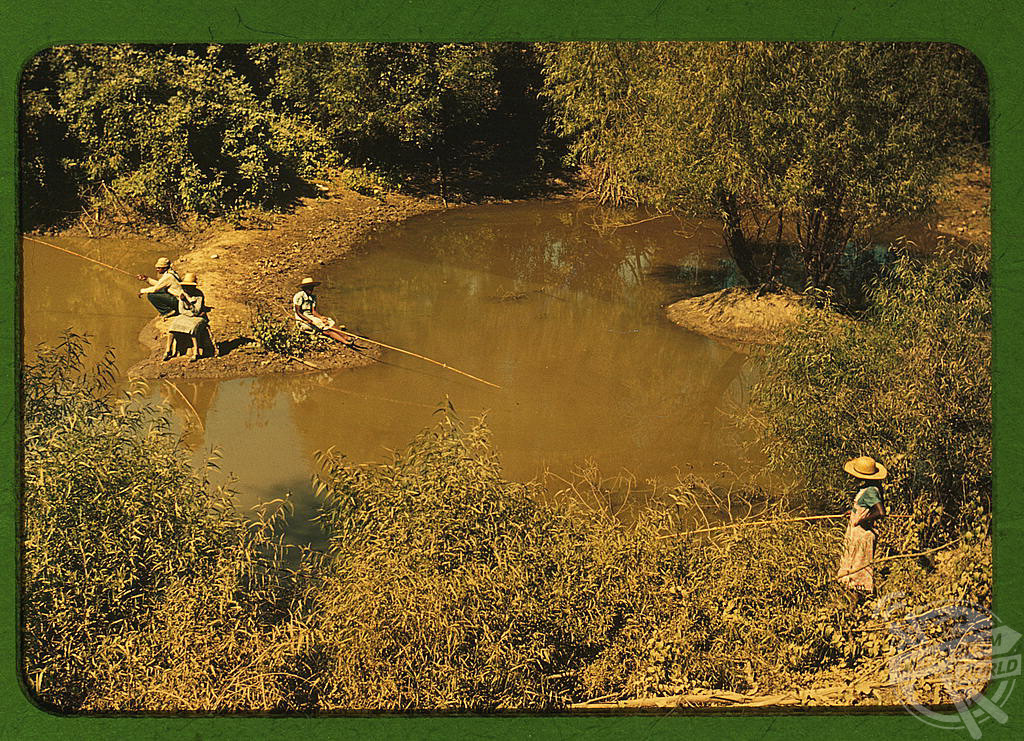
The photos were taken in 1941, when most of the United States was getting back on its feet after the turmoil of the economic collapse of 1929, one of the darkest periods in the country’s history. For more than ten years the country was in a financial crisis which saw 15 million Americans out of work and nearly half of the country’s banks collapse. Following years of radical growth and extraordinary spending in the ‘roaring twenties’ the stock market crash of 1929 had seen millions of investors wiped out in a single day with crippling results. Whole communities found themselves suddenly unemployed and crops rotted in fields as farmers could no longer employ workers to harvest them.
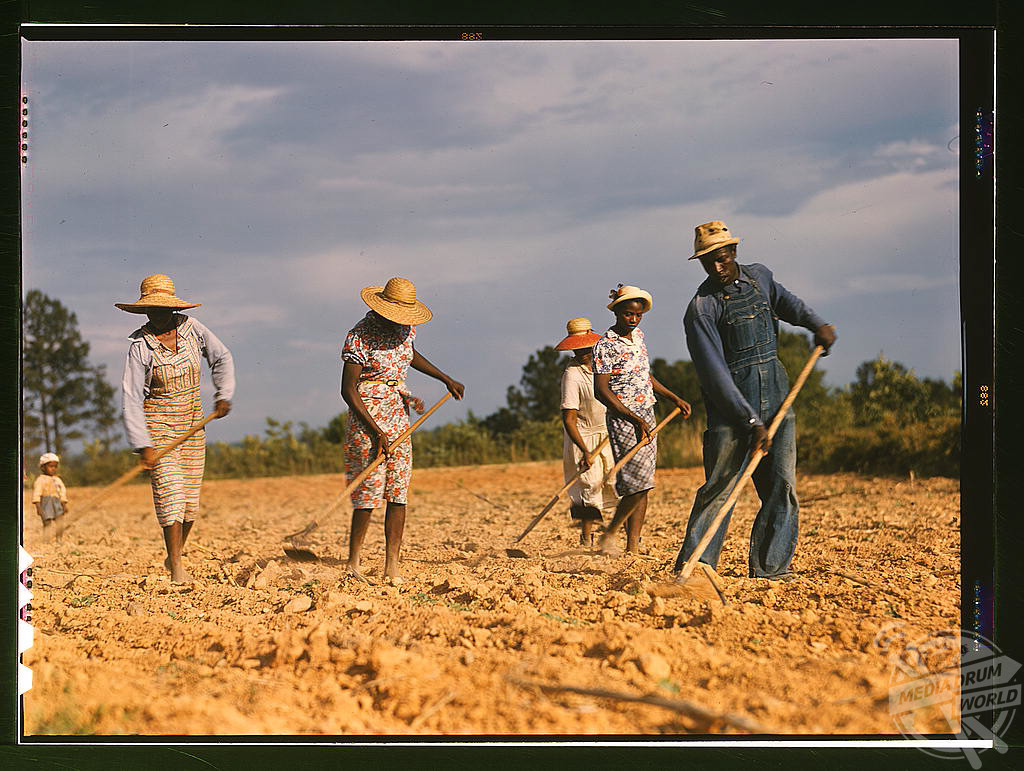
Some form of relief and reform took place with the election of president Franklin D. Roosevelt in the 1930s as he brought in sweeping social reform and instilled a sense of community and confidence in the United States, often by way of his ‘fireside chats’ broadcast out to the general population. The onset of World War Two in December 1941 also provided a huge economic boost to the country which was quickly emerging as a super power on the international scene.
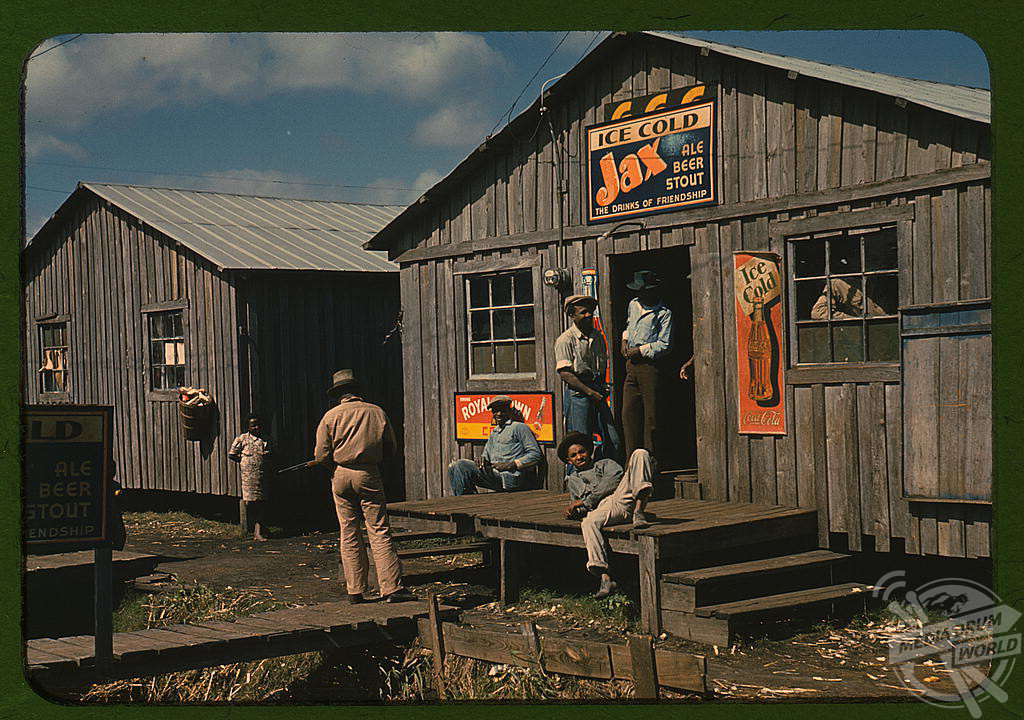
However, the painful repercussions of the crash were still affecting those in the country’s most poverty-stricken areas, particularly in the US’s southern states. Many African Americans who worked on farms in the 1930s – a hangover from the days of slavery, even though the practice was abolished many decades earlier – found themselves unemployed with little or no work available. Migratory workers would often be paid by the day, a situation which offered no job security and long barren spells between harvesting seasons. Homelessness rocketed, and many black citizens had no choice but to build their own ramshackle, cramped living quarters where whole families would often share just one room.
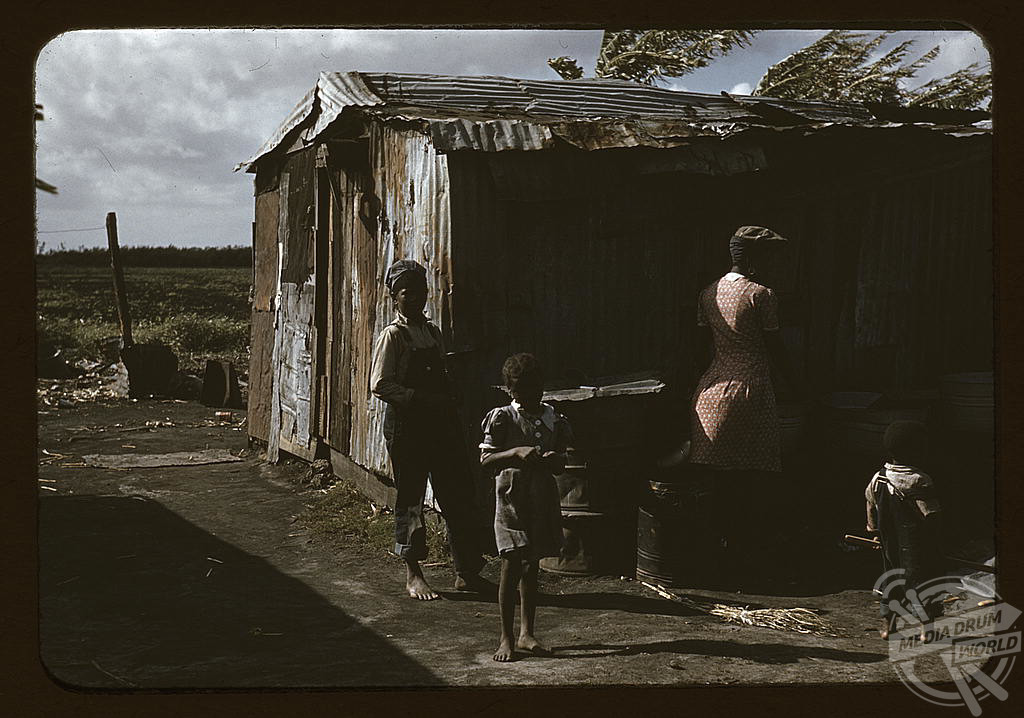
With lodging houses overflowing, improvised shantytowns sprang up across the whole country. On vacant lots, public land and in empty alleys, unemployed people cobbled together huts and shacks from wood and scrap metal. Often called ‘Hoovervilles’, after the president in office during the onset of the Depression, these shantytowns and shacks could be found almost everywhere across the States, including in Central Park New York. The majority however, were in the impoverished south, especially Florida where the climate was at least a few degrees warmer.
These hardships are captured in 1941 by the U.S. Farm Security Administration (FSA) who sent out a group of America’s best photographers to document the Great Depression. Although colour film had been available commercially since 1935, it was still not widely used as it was expensive and colour images were considered ‘vulgar’ by certain photography students.






